Perennial Herbs That Will Last For Years
Perennial Herbs That Will Last for Years
Growing your own herbs is a great way to add fresh, flavorful ingredients to your cooking. And if you choose perennial herbs, you can enjoy them year after year. Perennial herbs are plants that come back each year without the need to manually replant. They are typically hardy and easy to care for, making them a good choice for even beginner gardeners.
Here are a few of the most popular perennial herbs:
- Rosemary: Rosemary is a hardy herb that can tolerate cold winters. It has a strong, piney flavor that is perfect for roasted meats, vegetables, and seafood.
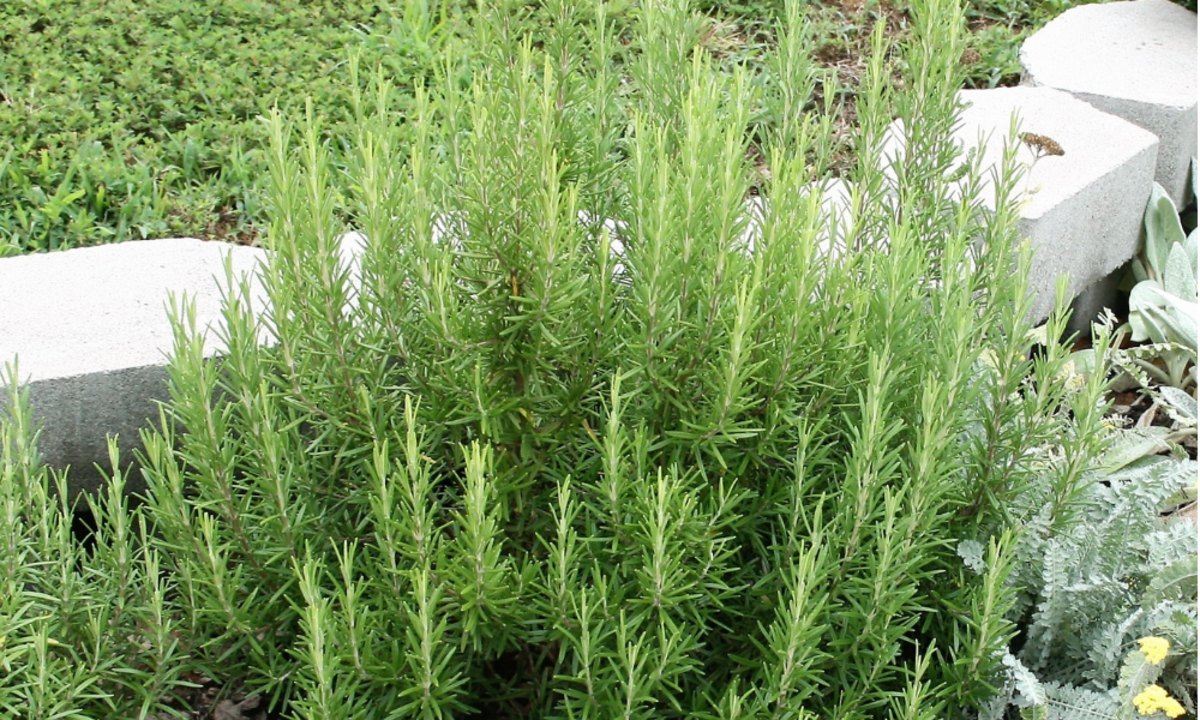
- Sage: Sage is another hardy herb that is known for its distinctive, sage-like flavor. It can be used in a variety of dishes, including soups, stews, and stuffings.

- Thyme: Thyme is a versatile herb with a mild, earthy flavor. It is often used in Mediterranean dishes, but it can also be used in a variety of other cuisines.
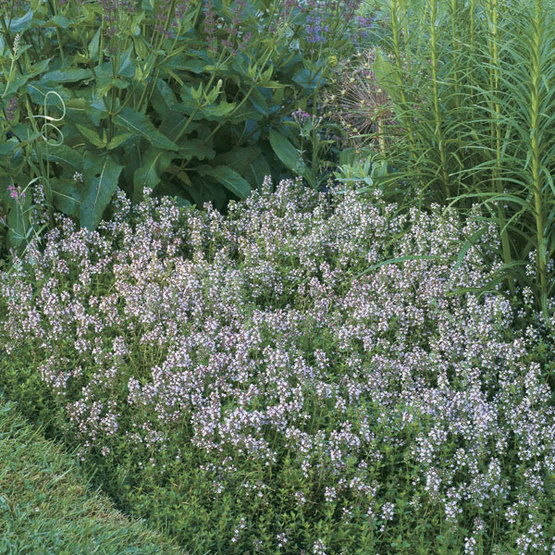
- Mint: Mint is a fast-growing herb that can be used in a variety of ways. It is a popular ingredient in teas, jellies, and candies. It can also be used to add a minty flavor to savory dishes.
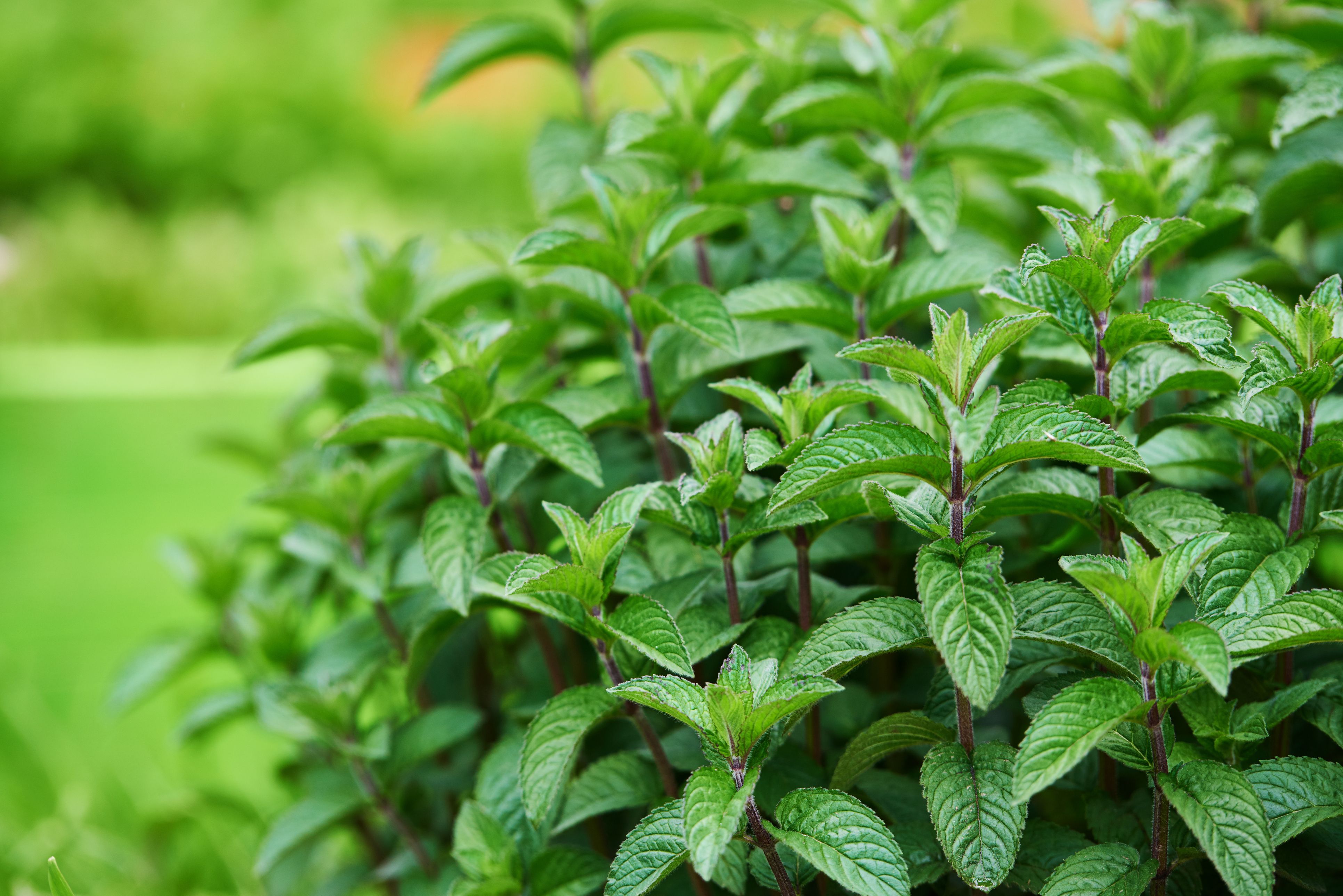
- Chives: Chives are a mild onion-flavored herb that is easy to grow. They can be used fresh or dried, and they are a popular ingredient in salads, soups, and sauces.
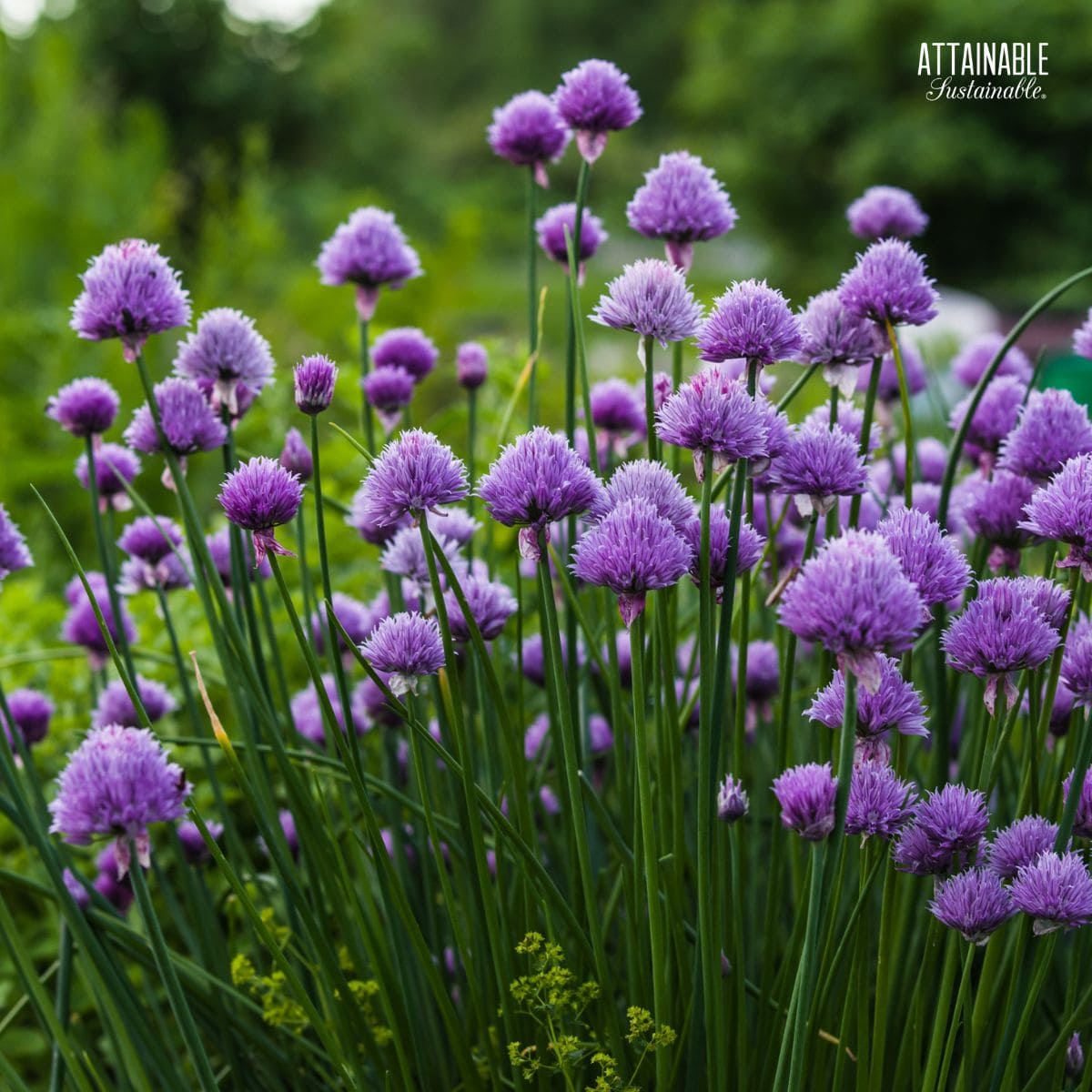
- Oregano: Oregano is a flavorful herb that is often used in Italian dishes. It has a strong, slightly bitter flavor that can be used to add depth to a variety of dishes.
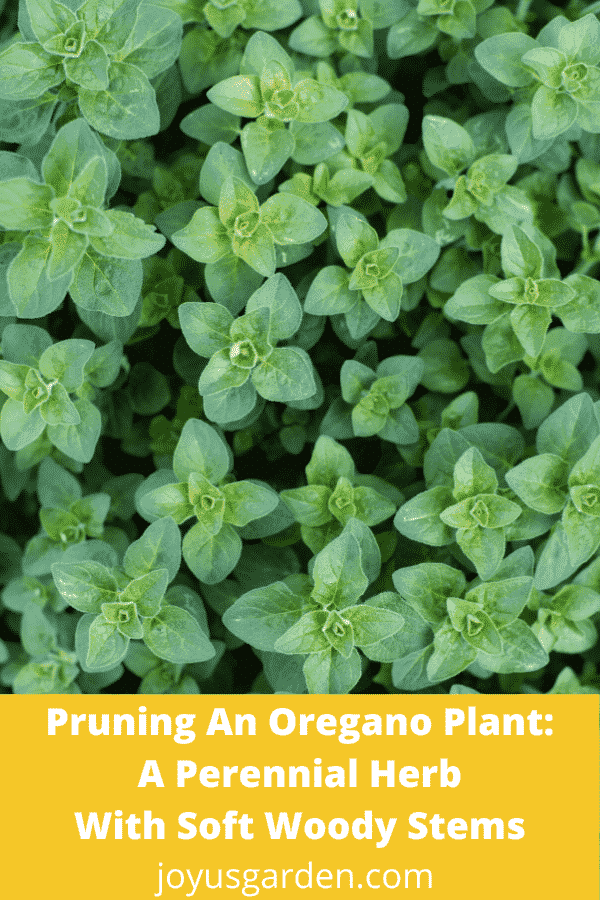
- Lavender: Lavender is not only a beautiful flower, but it is also a versatile herb. The flowers can be used to make tea or infused in oil. The leaves can be used to add a subtle flavor to dishes.

- Lemon balm: Lemon balm is a refreshing herb with a lemony flavor. It can be used in teas, jellies, and other desserts. The leaves can also be used to add a lemony flavor to savory dishes.
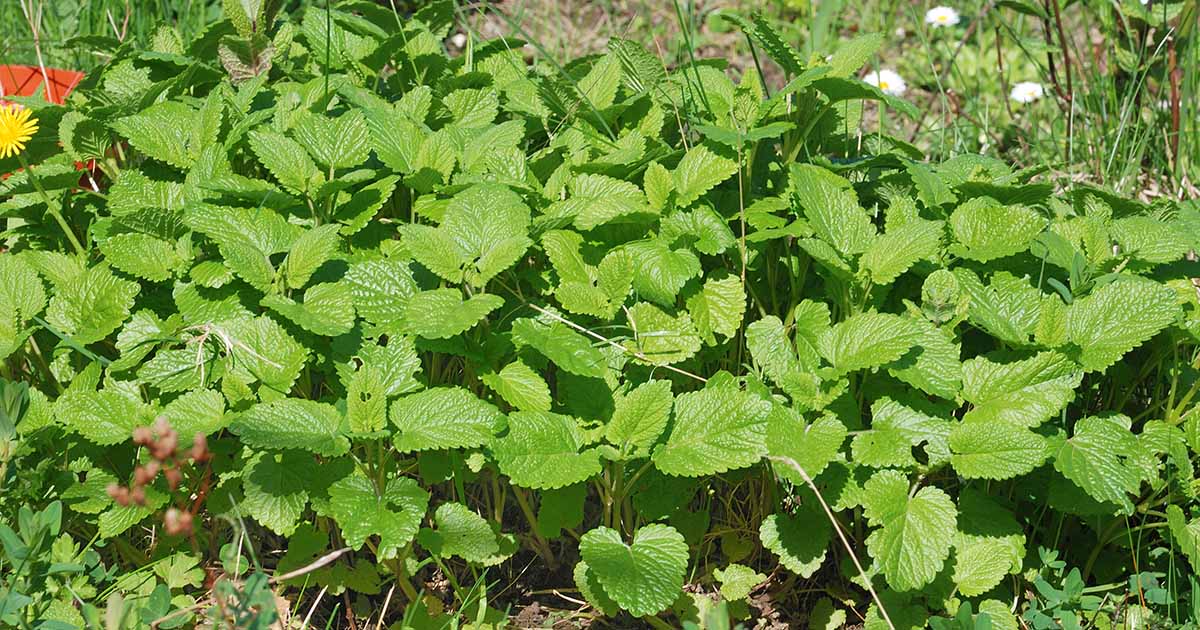
- Tarragon: Tarragon is a delicate herb with a licorice flavor. It is often used in French cuisine, but it can also be used in a variety of other dishes.

These are just a few of the many perennial herbs that you can grow in your garden. With a little planning, you can enjoy fresh, flavorful herbs all year long.
[Main Content]
How to Grow Perennial Herbs
Growing perennial herbs is relatively easy. Most perennial herbs prefer full sun and well-drained soil. They can be grown in the ground or in containers. When planting perennial herbs, it is important to amend the soil with compost or other organic matter. This will help to improve drainage and provide the herbs with the nutrients they need to thrive.
Perennial herbs should be watered regularly, especially during the first year of growth. Once established, they are relatively drought-tolerant. Most perennial herbs do not need to be fertilized often. A light application of fertilizer in the spring will help to promote new growth.
Perennial herbs can be propagated by seed, division, or cuttings. Seed propagation is the slowest method, but it is the most reliable way to get new plants. Division is a quick and easy way to propagate perennial herbs. Simply dig up a mature plant and divide it into smaller sections. Cuttings can be taken from new growth in the spring or summer.
Harvesting Perennial Herbs
Perennial herbs can be harvested throughout the growing season. The best time to harvest is just before the plant blooms. This will ensure that you get the most flavor from the leaves. To harvest, simply snip off the leaves or stems as needed.
Once harvested, perennial herbs should be stored in a cool, dry place. They can be stored fresh in the refrigerator for up to a week. They can also be frozen, dried, or preserved in oil or vinegar.
Conclusion
Growing perennial herbs is a great way to add fresh, flavorful ingredients to your cooking. With a little planning and care, you can enjoy these herbs for years to come.
Perennial herbs are a great way to add flavor and beauty to your garden year-round. These hardy plants come in a variety of shapes, sizes, and flavors, so you're sure to find the perfect ones for your needs.
If you're new to growing perennial herbs, Garden Wiki is a great resource for information. The website offers detailed guides on how to plant, care for, and harvest perennial herbs, as well as recipes and tips for using them in your cooking.
In addition to its informative articles, Garden Wiki also features a beautiful gallery of photos of perennial herbs. This is a great way to get inspiration for your own garden and see how different herbs can be used in different settings.
So whether you're a seasoned gardener or just starting out, Garden Wiki is the perfect place to learn more about perennial herbs. Visit the website today and start growing your own delicious and fragrant herb garden!
FAQ of perennial herbs
- What are perennial herbs?
Perennial herbs are plants that live for more than two years. They typically have woody stems and roots that allow them to survive through the winter. Some common perennial herbs include rosemary, thyme, sage, lavender, chives, and mint.
- What are the benefits of growing perennial herbs?
There are many benefits to growing perennial herbs. They are relatively low-maintenance, once established, and can provide fresh herbs for cooking throughout the year. Perennial herbs can also add beauty and fragrance to your garden.
- How do I choose the right perennial herbs for my climate?
When choosing perennial herbs for your climate, it is important to consider the hardiness zone. Hardiness zones are a way of classifying areas based on their average minimum winter temperatures. You can find your hardiness zone by using a hardiness zone map. Once you know your hardiness zone, you can select perennial herbs that are suited for your climate.
- How do I plant perennial herbs?
Perennial herbs can be planted in the spring or fall. When planting, choose a location that receives full sun or partial shade. The soil should be well-drained. Prepare the soil by removing any weeds and rocks. Add compost or other organic matter to the soil to improve drainage and fertility. Dig a hole that is as deep as the root ball of the herb and twice as wide. Place the herb in the hole and backfill with soil. Water the herb well.
- How do I care for perennial herbs?
Perennial herbs need regular watering, especially during the first year after planting. Once established, they may only need to be watered during periods of drought. Perennial herbs also need to be fertilized once a year in the spring. You can use a balanced fertilizer, such as a 10-10-10 fertilizer.
Image of perennial herbs
- Rosemary: A woody, evergreen shrub with needle-like leaves that are used in cooking and as a flavoring agent.

- Thyme: A low-growing, spreading plant with small, aromatic leaves that are used in cooking and as a flavoring agent.

- Lavender: A bushy, evergreen shrub with fragrant, purple or blue flowers that are used in aromatherapy and as a flavoring agent.

- Sage: A woody, evergreen shrub with gray-green leaves that are used in cooking and as a flavoring agent.

- Mint: A fast-growing, spreading plant with spear-shaped leaves that are used in cooking and as a flavoring agent.

Post a Comment for " Perennial Herbs That Will Last For Years"